|
In 2018, our local medical clinic in Cascade contacted us with a problem. Their current parking lot couldn't handle the volume of clients and vehicles it was constructed for when they opened their doors in the late 90s, and their location atop a hill overlooking town lead to water runoff problems for neighboring properties. They knew it was time to make a change, and they knew our crew at Gravel Grading and Excavating was just the team to move the earth for them. Our first step was to tear out the existing lot and regrade it at an appropriate slope so water would drain into storm sewers rather than neighboring properties. Some of our favorite equipment to use in jobs like this is our laser grading equipment. Laser grading is a process by which a level or specified slope is attained by using laser attachments and tools. These attachments can easily be installed on a variety of our equipment from skid loaders to bulldozers to help us electronically check the grade as we work, making us more efficient and accurate in our job. While we had the ground exposed, we also worked to curb the new lot and tie in existing sewer lines to the city's storm sewers. Once the initial ground work was completed, our friends at Kluesner Construction came in to pour the concrete and asphalt to give the lot a smooth, even finish. At Medical Associates Cascade, the finished project is even better than expected. Patients no longer have to park in "no parking" zones for their appointments, and water drains to its designated location.
Sherry Kelchen, ARNP at the Cascade clinic said, "The crew at Gravel's was very quick and clean. They did their best to accommodate our staff and patients while they were working" and she was quite pleased with the outcome of the job. Our thanks go out to the Medical Associates Clinic staff and their patients for choosing us to move the earth for them in this project and our friends at Kluesner for hopping on board to help us complete the project. If we can help you on your next parking lot build or improvement, get in touch with our crew! Contact Terry at [email protected] or call 563-542-6610 to discuss your job at get on the remaining 2019 schedule.
4 Comments
In the summer months when the weather is warm and the dirt is compact, our Gravel Grading & Exacavating crew members are able to work on projects that are unaccessible during the rainy spring season. Jobs such as stream bank stabilization and waterway shaping are reserved for this time of year, so we don’t tear up the earth or get ourselves stuck in the mud.
In projects such as these, one of the materials we rely on to “support” our efforts is rip-rap. What is rip rap? Rip-rap is large boulders and concrete pieces that are placed along waterways, bridge foundations, and steep embankments to protect the underlying dirt from erosion and scour. We frequently use this option because it is a natural-looking treatment that not only protects the earth, but it can be used for many different purposes by using various sizes and volumes of this material: 4-5” Rip Rap The 4-5” size is the smallest type of stone available. This size is ideal for preventing soil erosion on small slopes and along drainage ditches that aren’t constantly exposed to moving water. This size is also utilized in weed prevention measures along steep embankments and sometimes as base material in driveways and parking lots. 6-9” Rip Rap This size rip rap is the most commonly used size. These stones are perfect for erosion control and bank stabilization measures for streams, rivers, ponds, and other smaller bodies of water. 9”+ These pieces are ideal for shorelines with extremely heavy currents and breaking waters or in large holes and ditches. The large mass of these boulders can reinforce even the steepest grades and erosion-prone areas. Where do we use it? Rip rap is used where a structure or shoreline is continuously exposed to rushing water, such as along creeks that commonly experience flash flooding, along pond shorelines, and in field drainage areas that have steep grades. Over time the dirt in these structures is worn down and lost, which can dramatically change the lay of the land surrounding it. Our crew uses these stones to support the best measures and protect the property owners’ land. Check out some of our other “What’s New” blog entries to check out the projects we’ve done that utilize rip rap, such as gabion baskets and stream bank stabilizations. Is there anything more exciting or nerve-wracking than purchasing a new home? For all the opportunities buying a new home provides (from space to entertain family and friends to the opportunity to make years of memories), a buyer also has to be critical about the condition of the structure and the cost of improvements and upkeep that are sure to come along the way. Such was the case for the Johnson family of Dubuque, Iowa. Long-time friends of Terry and the Gravel Grading & Excavating family, the Johnsons knew just who to turn to when they purchased their "new" older home in the heart of the city. While the house itself was sound and able to be updated with a few DIY projects, the crumbling asphalt driveway was a job they knew needed to be hired out. So Terry stepped in and determined that complete removal of the existing asphalt drive would be required, and pouring a new concrete lane would be the Johnsons best option. The Gravel workers would need to be very careful with their equipment and precise with their measurements, as they wouldn't want to sacrifice the soundness of the home or detached garage during the demolition phase, nor would they want to harm the root systems of the countless mature trees on the property. Armed with their decades of experience and equipment, Terry and the guys got to work. Phase one of the project was to remove the existing structure. So with mini excavators and Bobcat skid loaders in tow, the crew was able to quickly break up and excavate the existing asphalt, load it into the waiting trucks, and haul away for disposal. Phase two was where the job got especially tricky. It was in this phase that the dirt below the former driveway needed to be cored-out and leveled with a laser. This required precise, experienced, and patient dozer and excavator operators. Working carefully as possible along the side of the house, the men of Gravel Grading and Excavating took great precautions to ensure the heavy equipment didn't butt up against or remove too much dirt that would compromise the structural integrity of the decades-old home. Thanks to some extreme caution and technological tools, the bed of the new driveway was established and prepped for the new surface. With the help of local concrete specialists Curt Curoe of Bernard, Iowa, and his crew from Horsfield Construction in Epworth, the driveway was poured and leveled. Once dry, it was time for Gravel Grading & Excavating to bring their equipment back for final grading and dirt work around the new lane, and prepping of the ground for new grass seeding. Thanks to the patience of our crew and the expertise of HCI, the Johnson family's driveway went from unappealing and mangled to smooth and safe for years to come. We appreciate their confidence in Gravel Grading & Excavating, and we wish them a very merry first Christmas in their "new" old home. For many local farmers, having a creek run through their property is an advantage. Creeks can provide access to water for pasture livestock, a boundary between fields, or recreation for the family. Sometimes, creeks can be a source of headache for farmers, as was the case with this project at the Takes farm located east of Cascade, Iowa, on Bellevue-Cascade Road. Each day when it was time for chores, local farmer John Takes would fill his feed wagon and cross the county highway into his cattle pasture. Once inside the fence, John would have to maneuver his tractor and wagon down and then back up the steep sides of the small creek to access his herd. On its best days this caused his equipment to bottom-out, creating a dirty mess that was hard on his machinery, and on the worst days in times of high water, the pasture was nearly inaccessible. To remedy this problem, John called Terry and Gravel Grading and Excavating to help him devise a solution. Terry recommended installing a new creek crossing, complete with prefabricated slatted concrete slabs to aid in traction for equipment and three ag-tile culverts that would allow the creek to maintain its flow below the new structure without compromising its stability. To begin, the crew of Gravel Grading & Excavating waited for a dry spell, so the creek would be low enough to work around. Then drawing on their extensive experience and laser grading equipment, they determined the optimal location of the path across the creek, as well as the appropriate height for the new crossing so as high water events would not breach the new lane. The guys then moved in with graders, skid steers, and excavators, to begin the process of moving dirt to prepare for the installation of the culverts. A bed was prepared for the pipes to lay upon, and once again the laser levels were used to determine the proper degree of slope for maximum water drainage. Once this was prepared, the plastic piping could be installed and backfilled with dirt and rock for stabilization. An extra measure was taken for erosion control by pouring concrete walls on each side of the new road to prevent washouts in heavy rain events. The crew then went about pouring a final layer of concrete to top off the new crossing, placing concrete slats on both sides, and regrading and dumping new gravel along the newly-established path for the finishing touches. Shortly after the conclusion of the creek crossing, a storm passed through, testing the effectiveness of Gravel Grading & Excavating's work. As expected the crew was able to move the earth for our customer John, and the culverts worked just as planned, allowing the creek to maintain its flow through the pasture while allowing John to access and feed his cattle. Thank you to the Takes family for choosing Gravel Grading and Excavating for this project, and be sure to give us a call for any of your dirt work needs. Very simply, gabion baskets are a great option for farmers or developers looking for erosion control on sidehills, stream/river banks, road developments, or residential landscaping. These structures help greatly reduce soil erosion on steep inclines or in areas susceptible to water flow.
To create a gabion basket, first the land needs to be graded properly to optimize desired flow of water. Then a tarp and large wire basket are set in place. The next and most labor-intensive step is the placing of the rock or rip-rap. This will help slow the flow of water, and therefore reduce the amount of dirt that is eroded. Rock size and depth vary depending on the degree of water control needed. If a gabion basket is something you need on your land, give Gravel Grading & Excavating a call at 563-542-6610. |
hereYou'll find all the newest products and services recommended by Terry and Gravel Grading & Excavating. Categories
All
Archives
April 2024
|


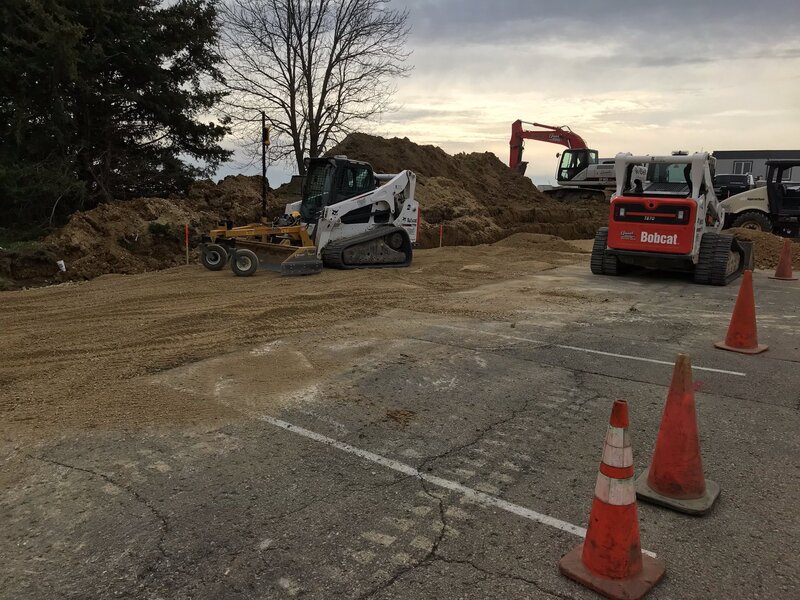
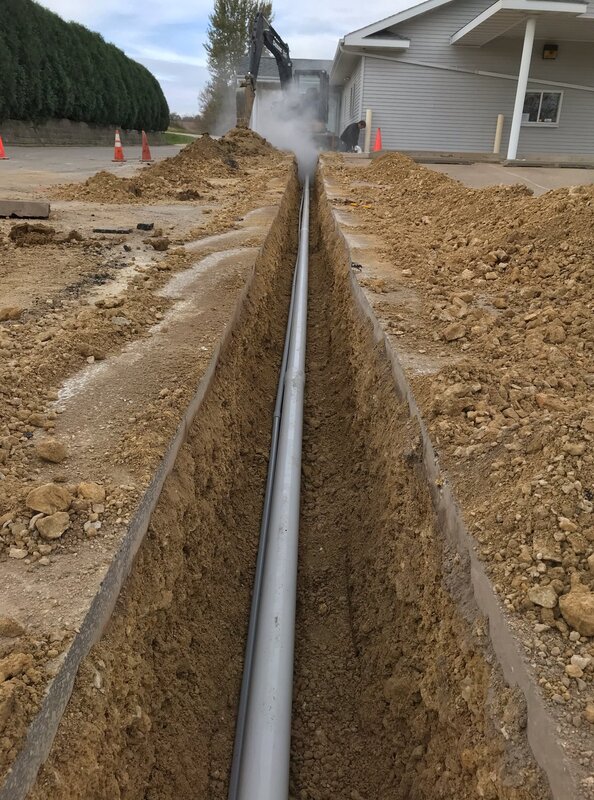
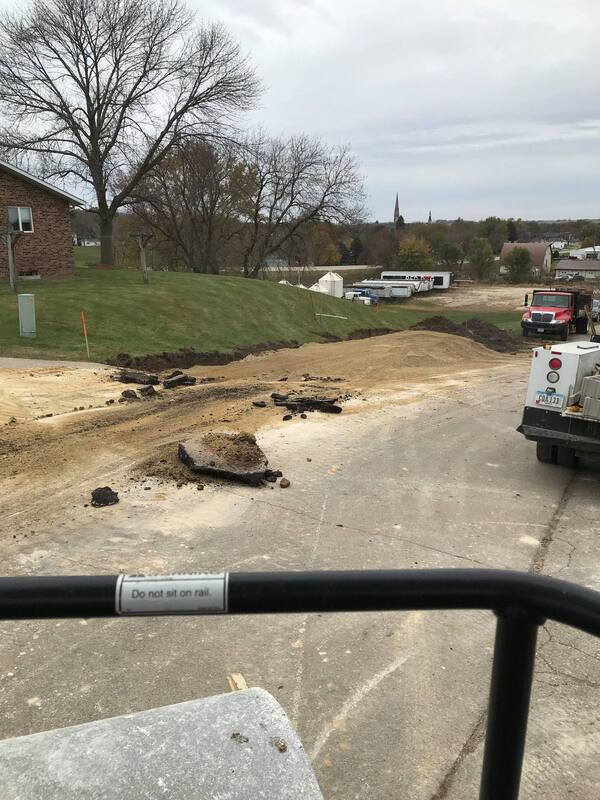
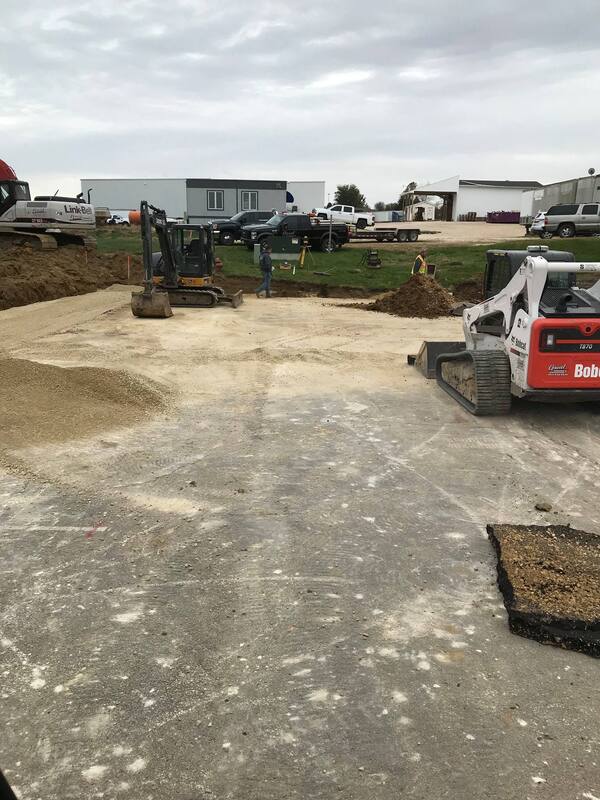

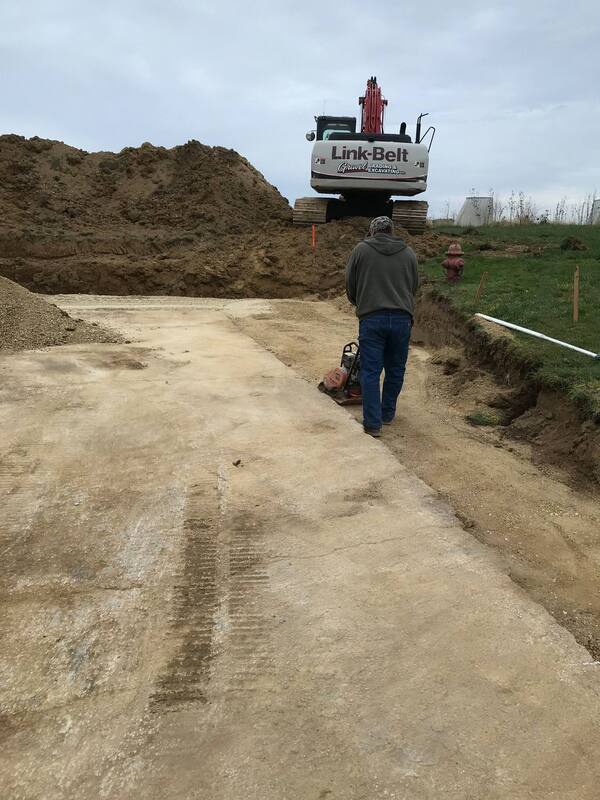

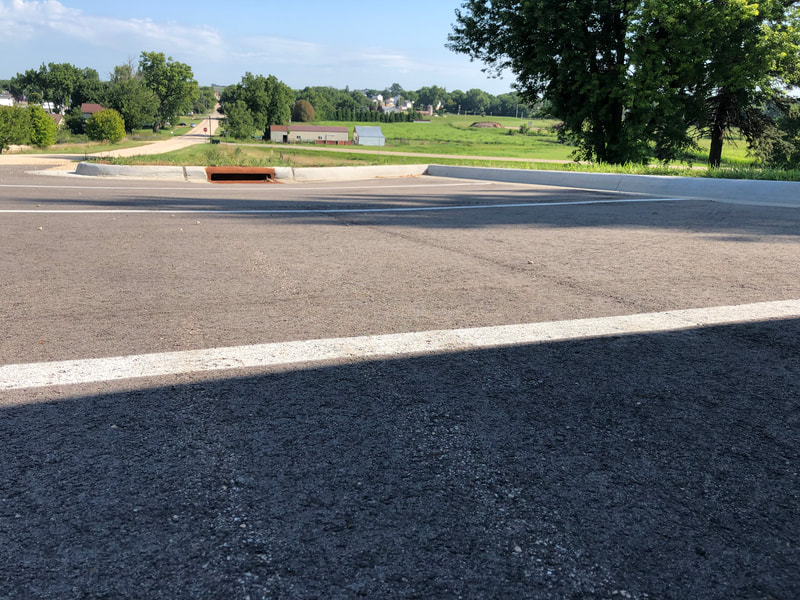
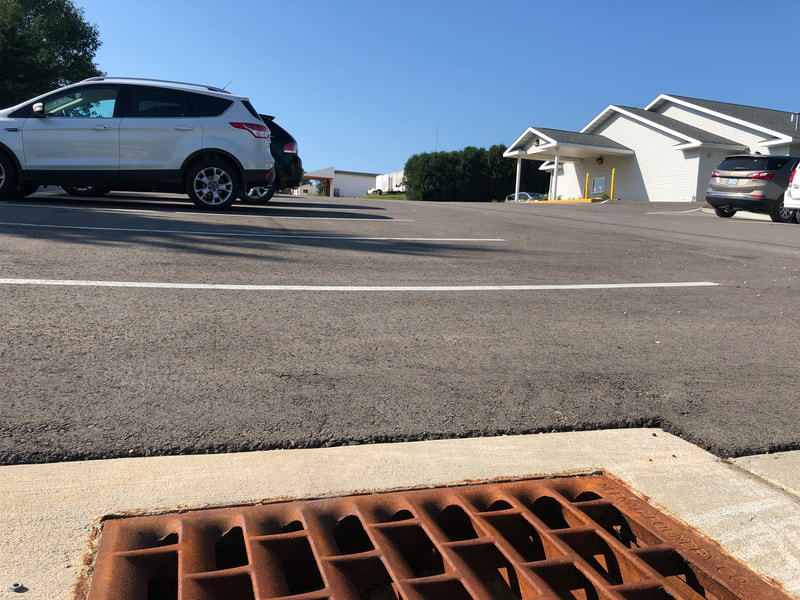
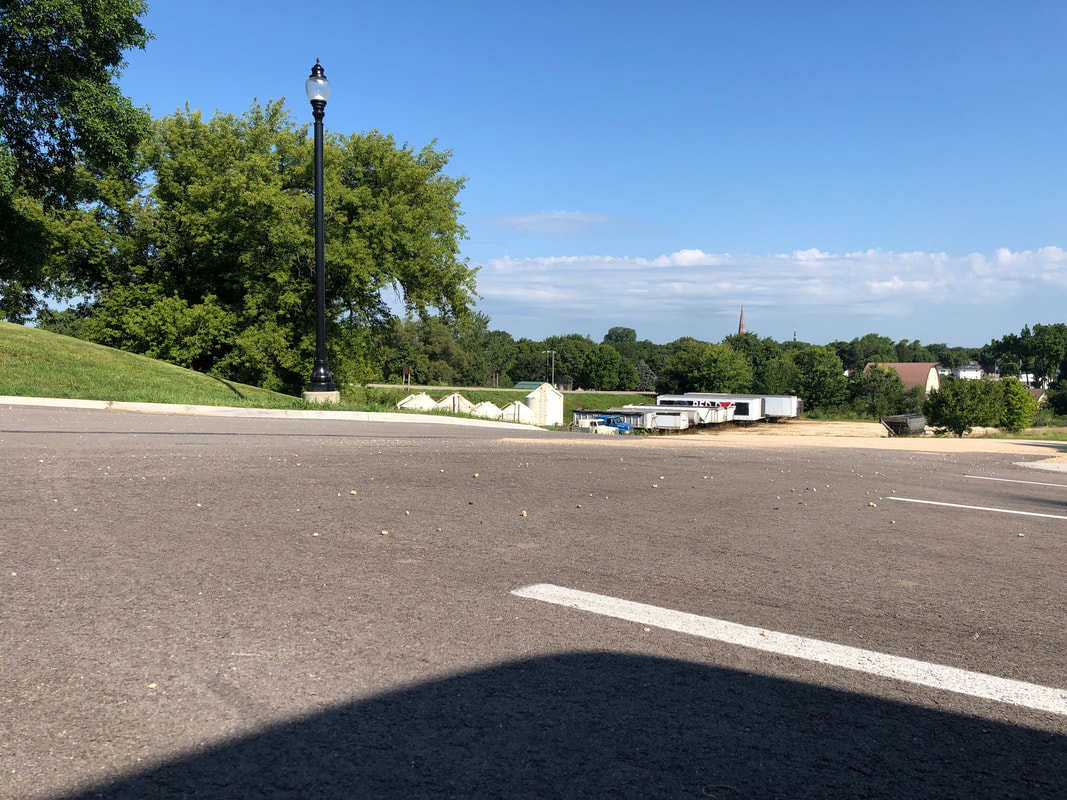
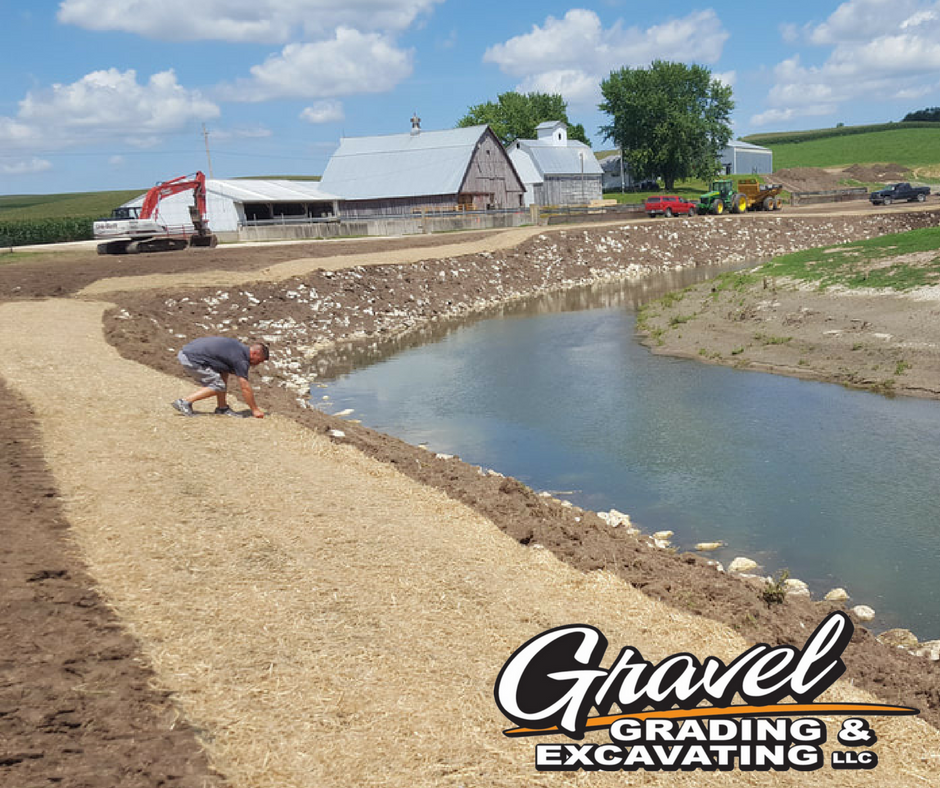
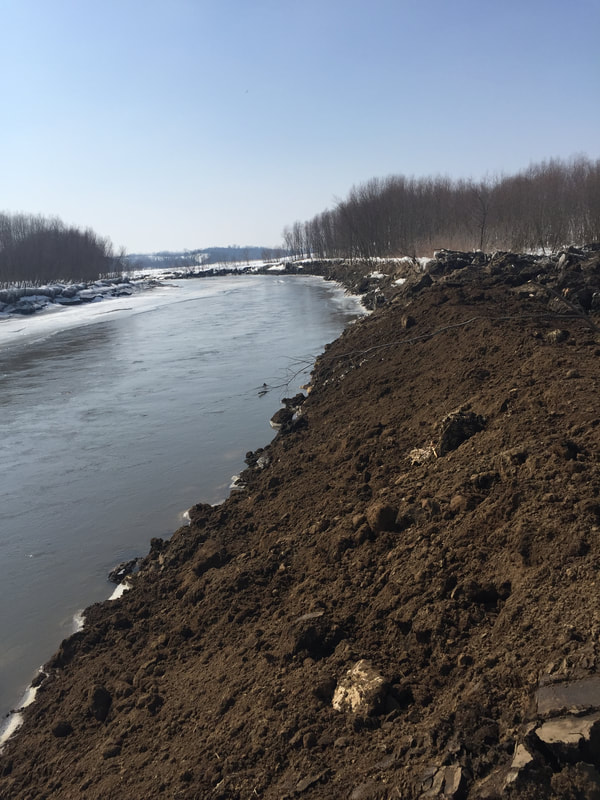
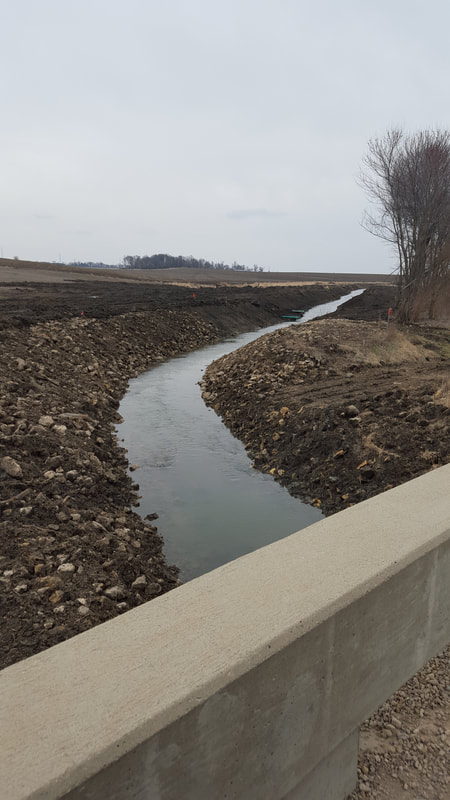
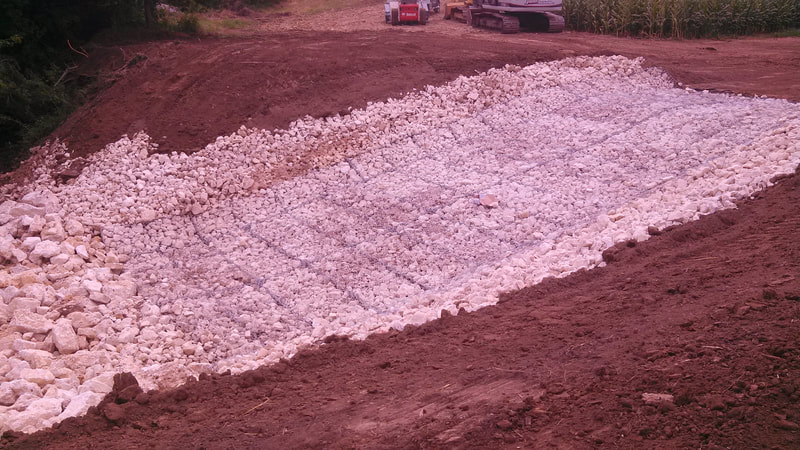
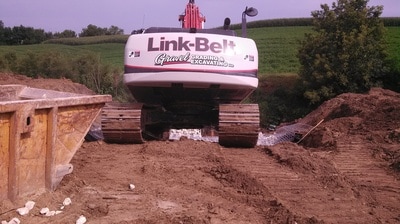
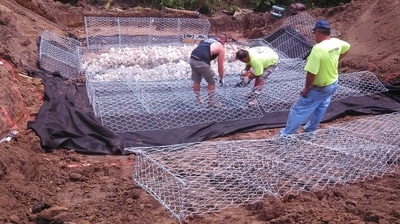
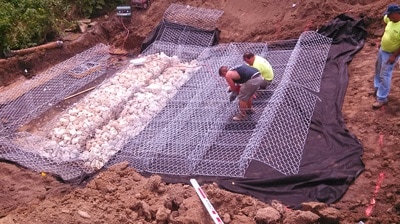

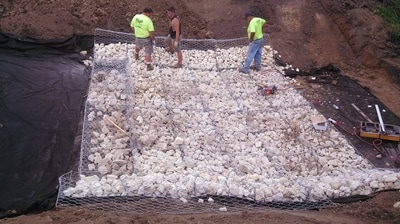
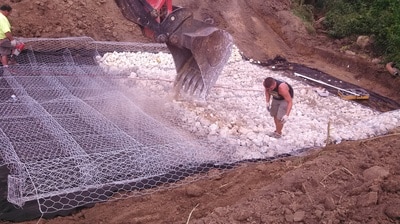
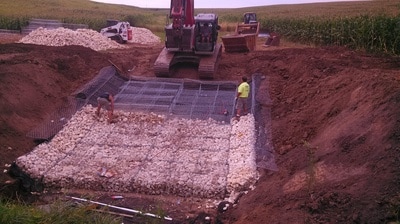
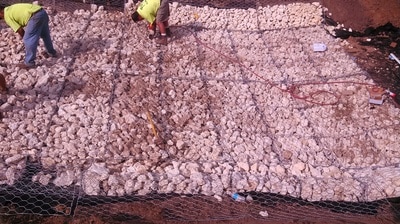
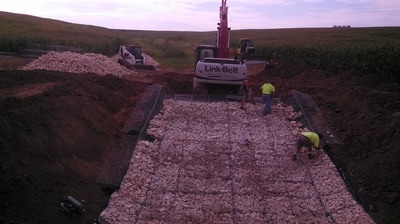
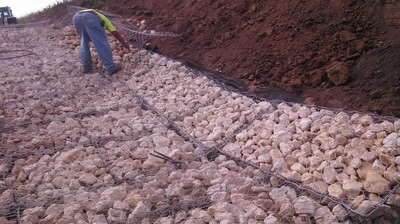
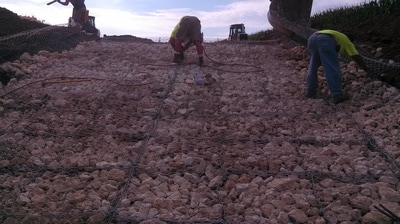
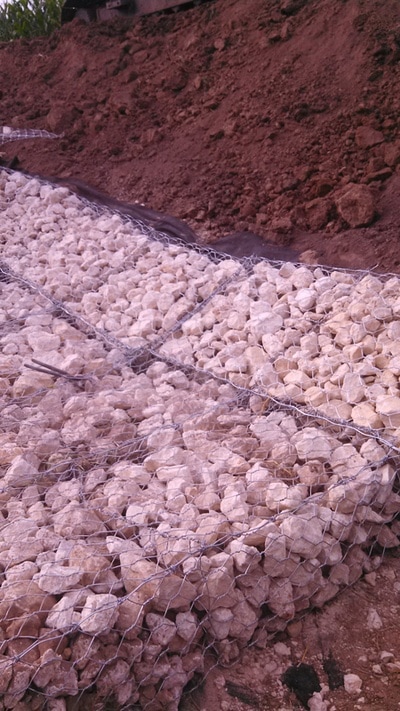
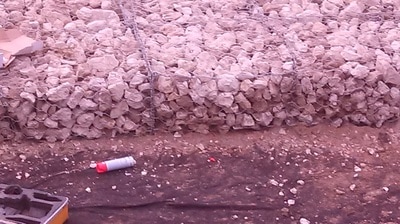
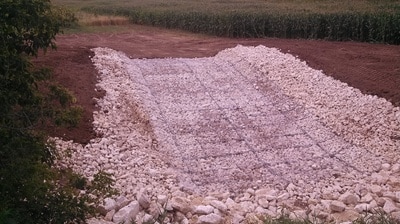
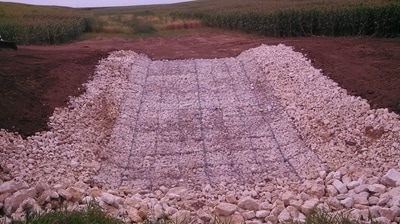
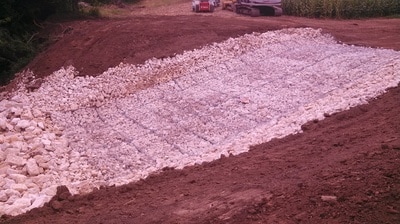
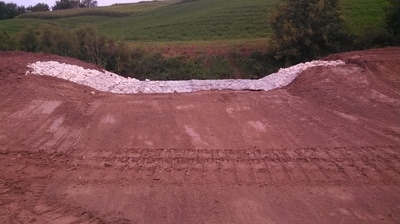
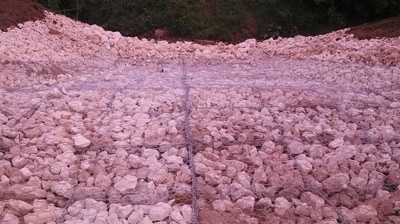
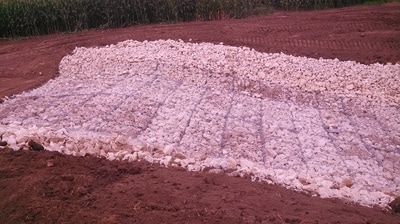
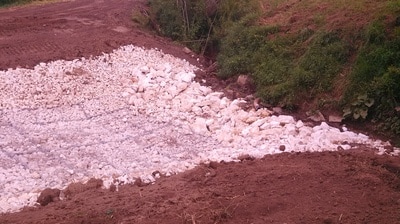
 RSS Feed
RSS Feed
